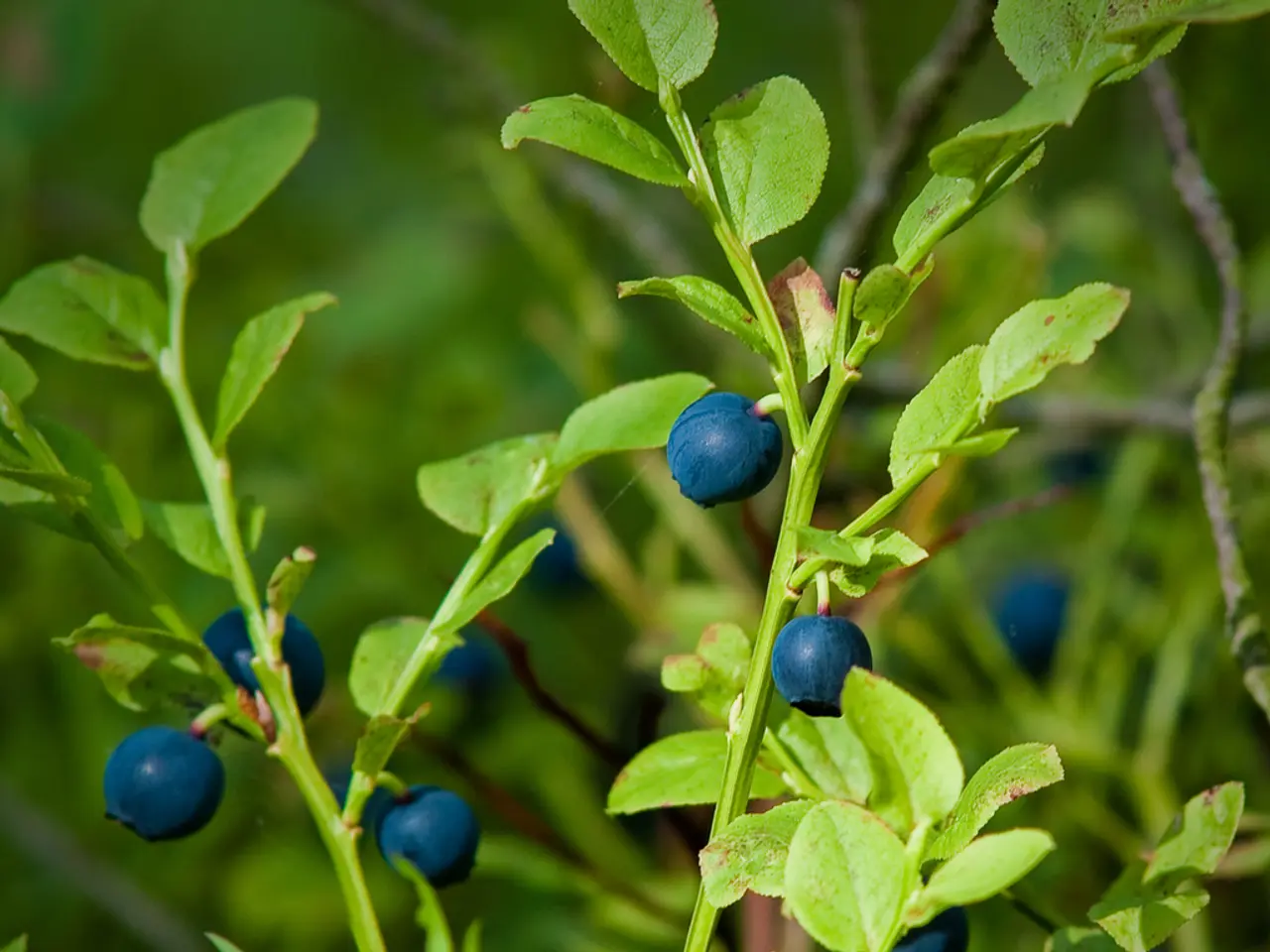Cultivating currants: Versatile fruits that abound in cooler climates, ideal for producing jams, jellies, and baked goods.
=========================================================
In the heart of America, gardener and grower Katie Brines shares insights on cultivating currant bushes, a fruit that has been a staple in gardens for centuries. As part of the small marketing team at Stark Bro's, a nursery with over 200 years of providing quality fruit trees and plants, Katie offers valuable tips for growing these easy-to-love shrubs.
Choosing the Right Variety
When selecting a currant variety, consider your US hardiness zone and intended use for the berries. For instance, Ben Lomond Black Currant grows well in zones 3-7, making it a popular choice.
Soil and Climate
Currant bushes thrive in cool, moist conditions with well-drained loamy or sandy soil. The ideal pH range is 6.0-6.8. These hardy plants prefer partial shade to full sun and are often frost-tolerant during bloom.
Planting and Maintenance
New currant bushes require regular deep watering to establish themselves. After planting, space the bushes about 4-5 feet apart to allow room for growth. Annual pruning is essential for maintaining healthy and vigorous plants.
Backyard Ideas
For a biodiverse and space-efficient garden, consider planting currants in layered food forest designs. Heavy mulching with wood chips or leaf litter can help retain moisture, while compost enrichment and selective pruning improve plant health. Integrate pollinator-friendly flowers nearby and avoid overcrowding to reduce competition for nutrients.
Growing in Cooler Zones
In cooler zones (3-7), currants thrive best with these conditions. They are less suitable for hot, dry climates. Container growing is also an option, using well-drained acidic soil (pH 5.5-7.0) to maintain moisture without waterlogging.
Caring for Your Currant Bushes
Currant bushes are self-pollinating, but planting multiple varieties can increase yields and improve pollination. It is essential to check whether growing currants is allowed in your state, as the ban on them has been lifted in most states but still applies in some.
Currant Varieties
Currant bushes come in black, red, and white varieties, each offering a unique flavor and culinary use. Blackcurrants are tangy and popular for jams and syrups, while redcurrants are best for jellies and desserts. Whitecurrants are the sweetest types, perfect for snacking and baking.
In summary, growing currant bushes in your backyard can be a rewarding experience. By following these recommendations, you can ensure healthy plants and productive harvests tailored for your specific US hardiness zone and backyard space. Happy gardening!
Incorporating a currant bush into your home-and-garden setup could be an enriching addition to your lifestyle, as these fruit-bearing shrubs have been cherished in gardens for centuries. To create a biodiverse and space-efficient garden, you might want to consider layering food forest designs, which includes planting currants alongside other Stark Bro's offerings, integrating pollinator-friendly flowers, and using compost enrichment and selective pruning for ideal growth conditions.




